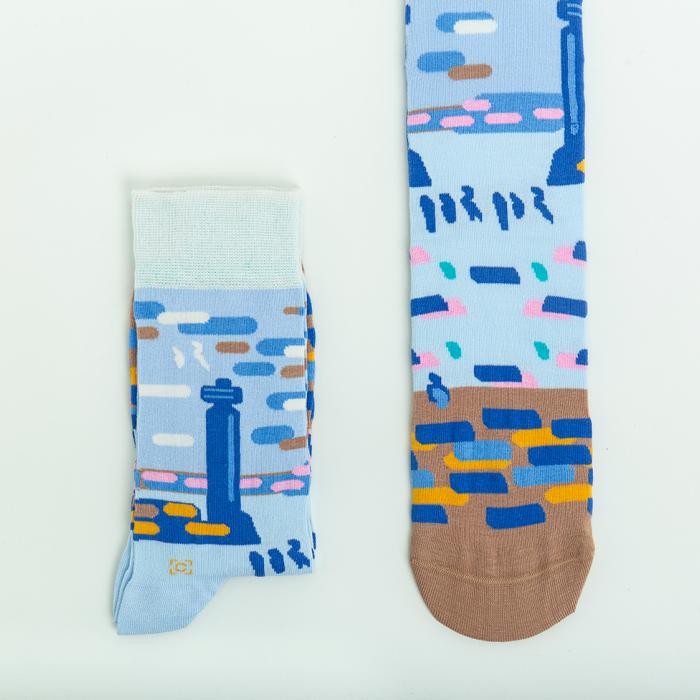Choose from fossils, rocks and dinosaurs.
The Sedgwick Mseum's loans boxes have been curated to support teaching of the rock cycle, fossils and dinosaurs. Each box has a range of objects representing geological time, rock types or species and each box is accompanied by some basic fact sheets. However they are not just for science lessons, use them for sorting, describing and creative writing.
Explore Kettle's Yard House and galleries with your students in this facilitated visit with open discussion and drawing activities. These facilitated visits are tailored to suit your class year level and learning objectives, introducing students to the unique nature of the Kettle's Yard House and collection.
Introductory tour and drawing activities:
FREE to all UK-based state schools*
£75 per class for fee-paying schools.
Enquire aT Yard School Bookings schoolbookings@kettlesyard.cam.ac.uk
Using the Kettle's Yard House and art as stimulus, students will learn and apply critical and creative thinking skills to make connections, make observations and explore ideas before making their own artworks to take with them.
Sessions tailored and recommended for EYFS, KS1, KS2 & KS3
1.5 - 2 hour session, £75 per class
* £125 per class for fee-paying schools.
enquire at:schoolbookings@kettlesyard.cam.ac.uk
Our workshops for EYFS are one hour long and will allow your pupils to experience the wonder of the natural world in the beautiful space of the Botanic Garden. You can combine a workshop with spending time in the Garden to picnic or explore on a self-led basis. The workshops support many areas of the EYFS framework, particularly Understanding the World, Literacy and Communication and Language.
We offer facilitated workshops and self-led visits. There is no charge for our school sessions, but we welcome donations to support the Museum learning programme (recommended donation of £3 per child). Get in touch with the Museum Education Coordinator to discus your visit museumeducation@esc.cam.ac.uk
Self-led visits
Led by you, available all day Monday – Friday during term time.
School visits
To book a school visit please visit our webpages which have extensive information about what we can offer your school and how to book.
Browse our workshops by Key Stage
Did you know the first bees would have been flying around in the Cretaceous just as ‘Iggy’ our Iguanodon was snacking on leaves from tall trees? At the Sedgwick Museum we have two 20million year old honey bees trapped in amber. Found on Yarmouth beach in 1891.
Amy Smith studies bees Plant Sciences in Cambridge. In this activity Amy shows us how to make a bee-autiful fluffy bumble bee. You will need some card and wool.
It is really unusual for a palaeontologist (scientist who study fossils) to find a complete skeleton with all the bones in the right place. We are more likely to find only a few bones or a jumbled up skeleton.
Putting a skeleton back to together when you know what the animal looks like can be a challenge, but imagine how hard that becomes when there are no more of those creatures alive for you look at. It is a bit like trying to put a jigsaw puzzle together when you don’t have the photo on the box as a guide.
This resource comes from our bank of Look, Think, Do resources on the Fitzwilliam Museum website.
Maybe you have heard of Emperor Hadrian - who built Hadrian's wall near the Scottish/English border. But have you heard of the man he loved, Antinous? Listen to this story about how much Hadrian cared for Antinous.
Our big range of Look, Think, Do activities encourage children and families to look deeply and thoughtfully at objects and to respond imaginatively through thinking, talking and making together -from Ancient Egyptian neckpieces to coins stamped by protesting Suffragettes.
You can use the shorter Look and Think activities for just a few minutes or spend a bit longer making something fantastic.

